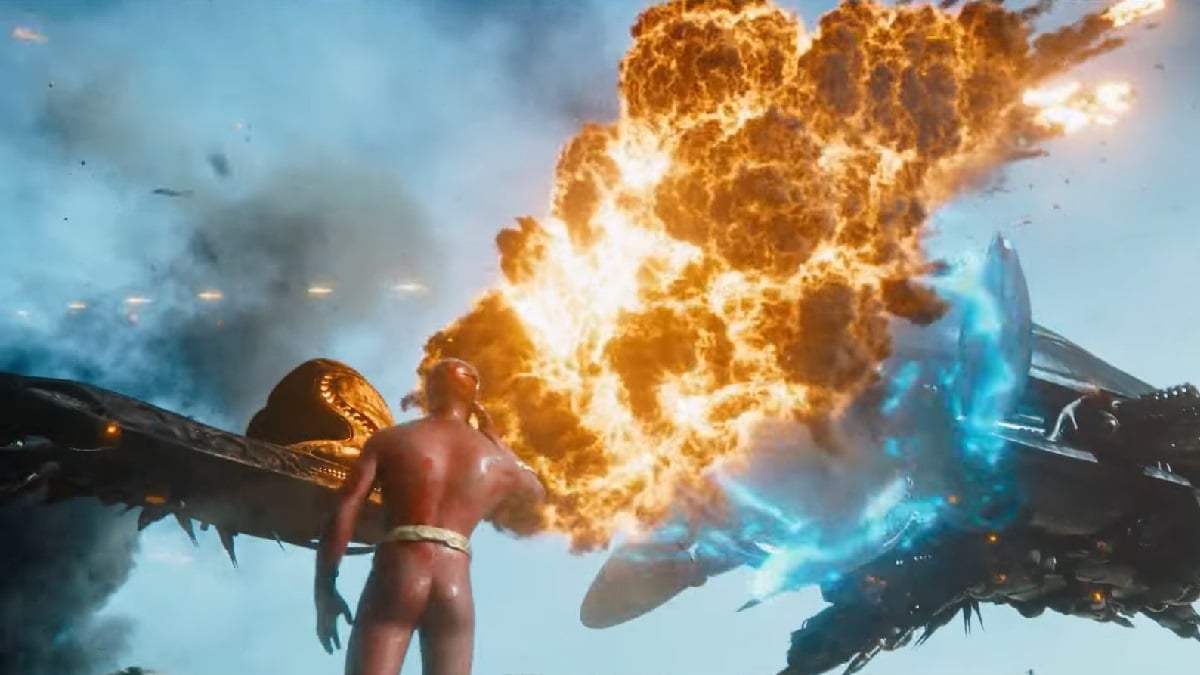The Flash is a movie that’s been mired in controversy and uncertainty since its inception, well over half a decade ago. Originally slated to be released in the mid-2000s, the film was put on hiatus until 2019, at which point a little thing called COVID happened which meant a further delaying of the release. Finally, a date of June 2023 was settled on, although the actual release day was being shifted right until the last moment. In the end, The Flash finally premiered on June 15.
However, it wasn’t just these issues dogging the production. There were multiple directors lined up who eventually left the project. Star Ezra Miller famously and publicly engaged in some pretty gross behavior which was hand-waved away by DC head James Gunn, which certainly didn’t help the film’s reputation. Press shots were widely ridiculed online too, and then there was the fact that the entire film was leaked on Twitter, with over 1.7 million people illegally streaming it because Elon Musk is an idiot who would die of thirst in a reservoir if left to his own devices.
So, was it any surprise to people that the movie failed to earn despite receiving decent reviews? And we’re not just talking about your average loss: thanks to its scale, The Flash is on target to become one of the biggest box office bombs of all time. But just what was the budget for The Flash? And how much money did it actually lose Warner Bros., the studio that financed it?
What is The Flash about?
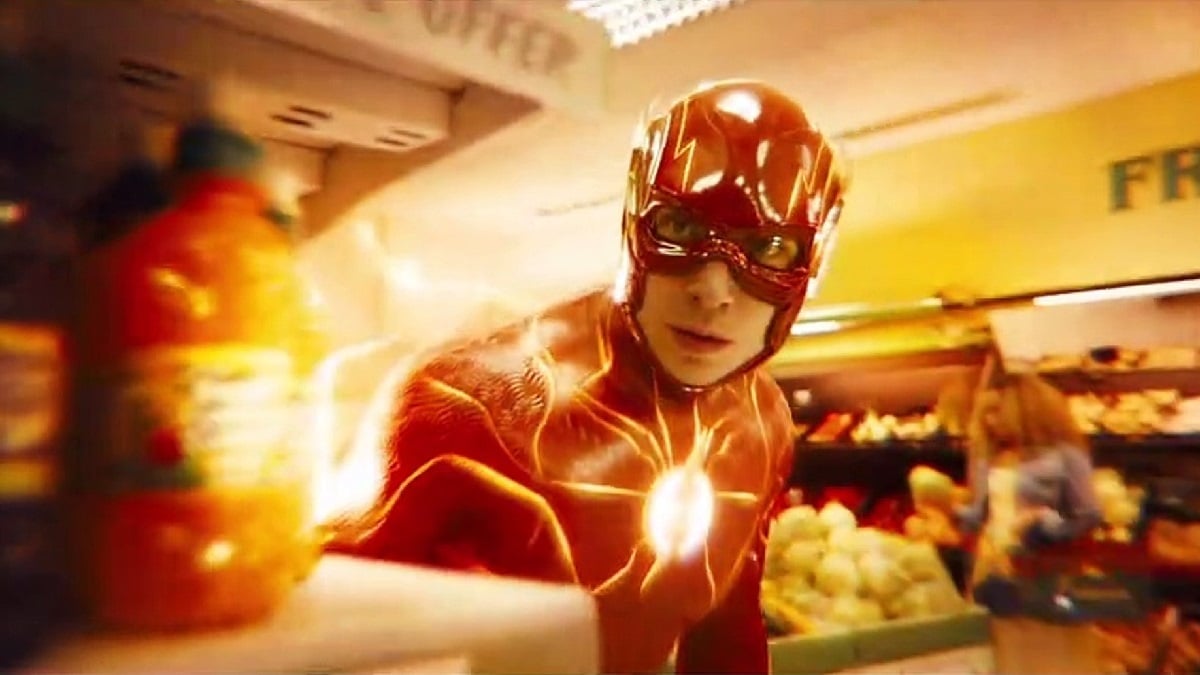
Strap in, folks, because this is a somewhat complicated one, made harder to explain thanks to an inexplicable need for comic book films to involve the multiverse yet studios hiring writers who don’t seem to care about the rules behind building one.
In The Flash, Barry Allen (the real name of the character) travels back in time in an attempt to stop his mother from being killed. In a turn of events that has been common knowledge since Ray Bradbury released the short story “A Sound of Thunder,” this leads to plenty of universe-shifting and unintended consequences for Barry and the people of his own time. Some of these changes include Batman suddenly becoming even more of an anti-hero, Martha Wayne turning into the Joker, and Superman morphing into Supergirl. After some confusion, this new band of ragtag heroes help Barry to regain his powers, before he has to make the horrible decision to let his mother go so everything can be returned back to normal.
The film is heavily influenced by the comic book storyline Flashpoint, which was released in 2011 and lasted multiple issues. However, there are some major differences between the comic and film, and pretty much all of them make the movie worse. However, it’s still an entertaining watch with plenty of great moments (and some surprisingly good CGI, despite the mocked stills that came out prior to its release). Add in a stellar cast that includes Ben Affleck and Michael Keaton, and in another universe (possibly one where Barry’s mom is alive) and this could have ended up being a financial hit. Yet, sadly for Warner Bros., we live in this world, where it flopped massively.
What was the budget for The Flash?
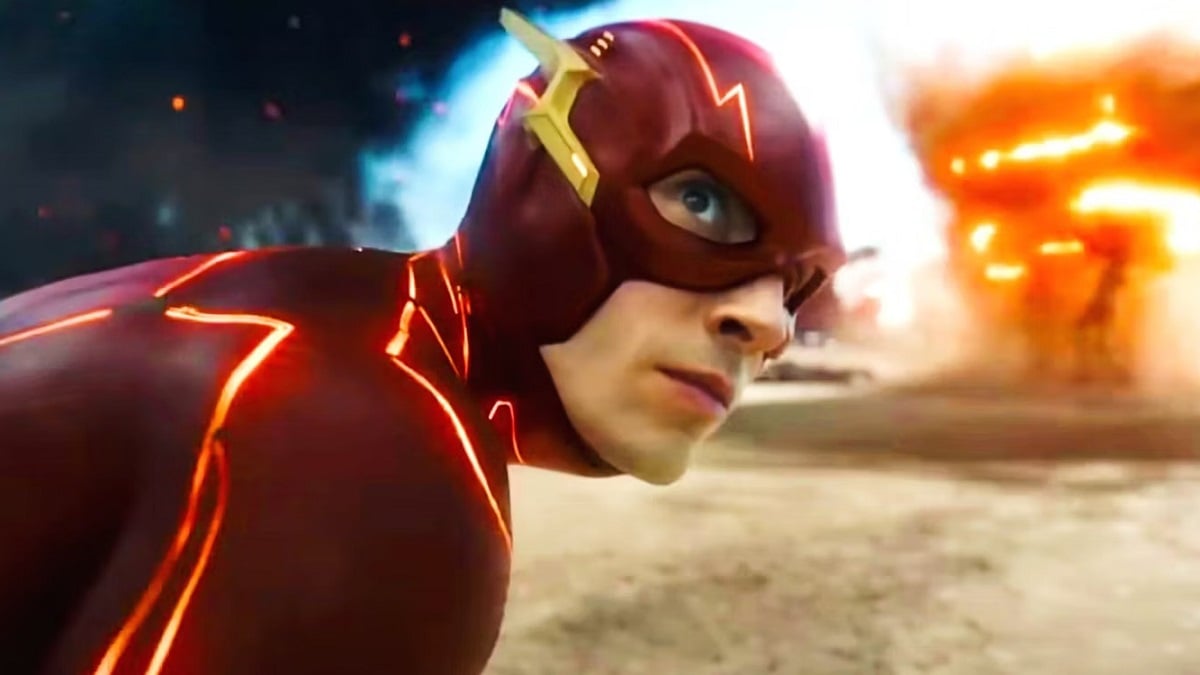
Despite the janky CGI that was shown as part of the film’s press releases, the budget for The Flash was actually massive. Although Hollywood is famous for its dodgy accounting and general financial secrecy, it has been widely reported that the production budget alone was around $200 million.
Miller is estimated to have cost nearly $3 million for their role, while Michael Keaton is said to have pocketed around $2 million. In news that will surprise very few people, the main female member of the cast Sasha Calle received about a quarter of that. Then there were all the cameos, which would have cost a pretty penny.
The exact price of the VFX and special effects is also a ballpark figure, but from historic information we can guess it would come to around $65 million, although given how heavy a role the technology plays in the film, this could be higher. Filming would have also cost a pretty penny in location costs, too, given the scale of the production. Most shoots took place in London thanks to generous tax incentives, yet even with this help from the U.K. government it would have still been a massive cost to production, coming in at just under a million.
None of this takes into account another major cost, either: marketing for the film. Production and marketing budgets are separate from each other, meaning that in addition to the estimated $200 million spent on making the film, Warner Bros. is likely to have spent anywhere between $70 million and another $200 million on promoting the movie. The marketing team pulled out almost all of the stops to paper over the issues that were going on with the film prior to its release, even utilizing a famously expensive Superbowl ad (which can run anywhere from $5-10 million for a 30-second slot) to help promote the film, so it’s likely that the overall budget was at the higher end.
So, all in all, The Flash is looking likely to have cost up to $400 million.
How much money did The Flash lose Warner Bros.?
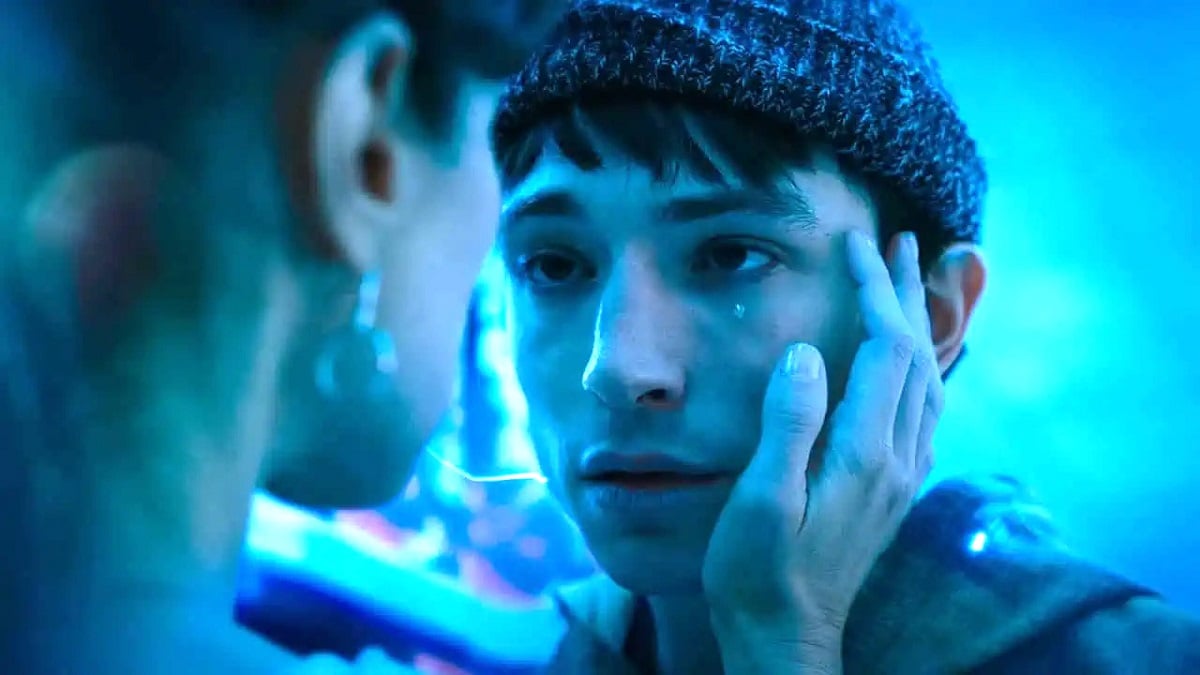
Again, Hollywood accounting means that we don’t have an exact figure for box office receipts for The Flash, but given it had to make anywhere between $270-400 million just to break even, it was always going to be an uphill task for the movie to make a profit. And — sadly but predictably for those who worked on the production — it has almost certainly not achieved that aim.
The film was slated to make around $70 million in the U.S. and $150 million for its worldwide opening weekend after early projections, but now that the dust has settled most outlets are reporting that figure dropped by a fair few million. The more commonly given figure is now $55 million in the States, and $140 or so million worldwide. Opening weekends are traditionally the most profitable, so that drop was not a good sign for Warner Bros.
Three weeks after it was released, the outlet Comic Book Movie reported The Flash had finally broken even on its production budget, but most analysts still felt it would fail to breach the $300 million mark for overall box office takings. This means that the film could have lost Warner Bros. around $100 million, which amounts to the cost of roughly one Van Gogh self-portrait, a dozen or so miles of interstate highway, or hiring Tom Cruise for around 8 Top Gun films.
How much does Warner Bros. make per year?
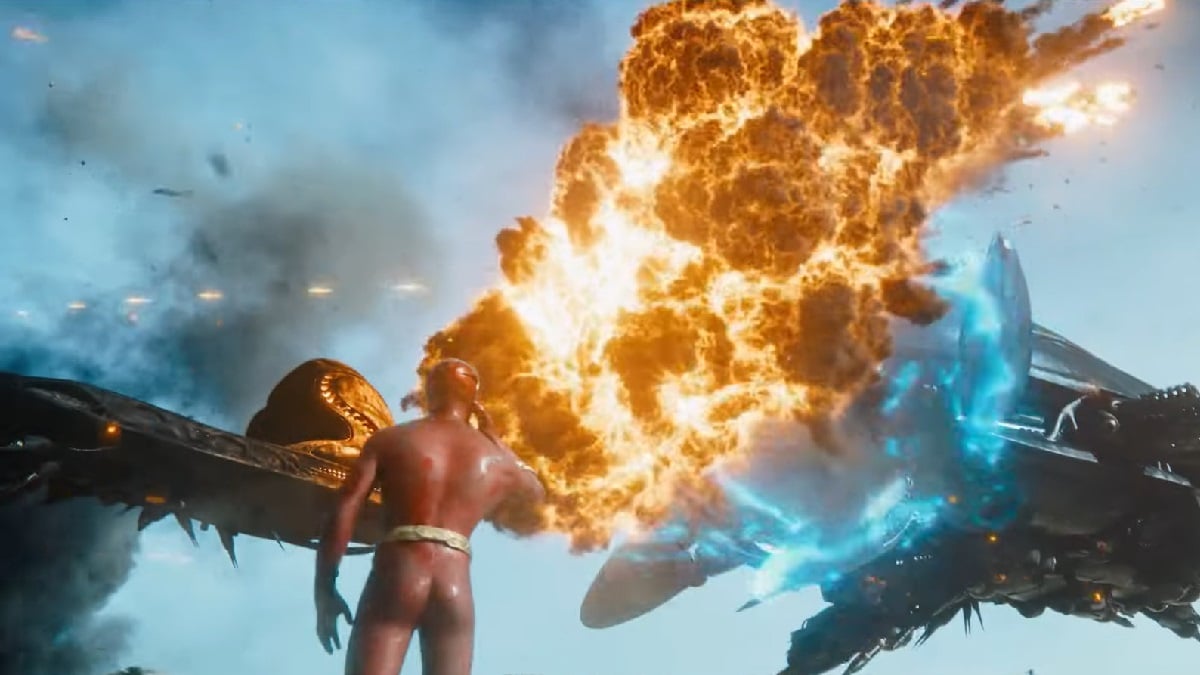
With losses this big, it is tempting to feel sympathy for those who worked on the production. However, one entity you shouldn’t waste your tears on is Warner Bros. The studio is currently trying to destroy the rights of the actors and writers who make its content, to the point that even Tom Cruise can’t save the situation. Yet, despite claiming poverty for this penny-pinching, the famous studio increased their profits by over 100 percent (yes, you read that correctly) last year, pulling in an estimated $15.1 billion dollars, meaning that the amount they lost on The Flash is less than 1 percent of their total profit margin.
Additionally, Warner Bros. has a slate of films coming out this year that are likely to be incredibly profitable, led by the summer blockbuster Barbie. The Greta Gerwig and Margot Robbie film is predicted to make $93 million at the box office, so almost all the losses incurred by The Flash will be picked up by the doll. So, once again a woman is doing all the hard work to tidy up after a man.

